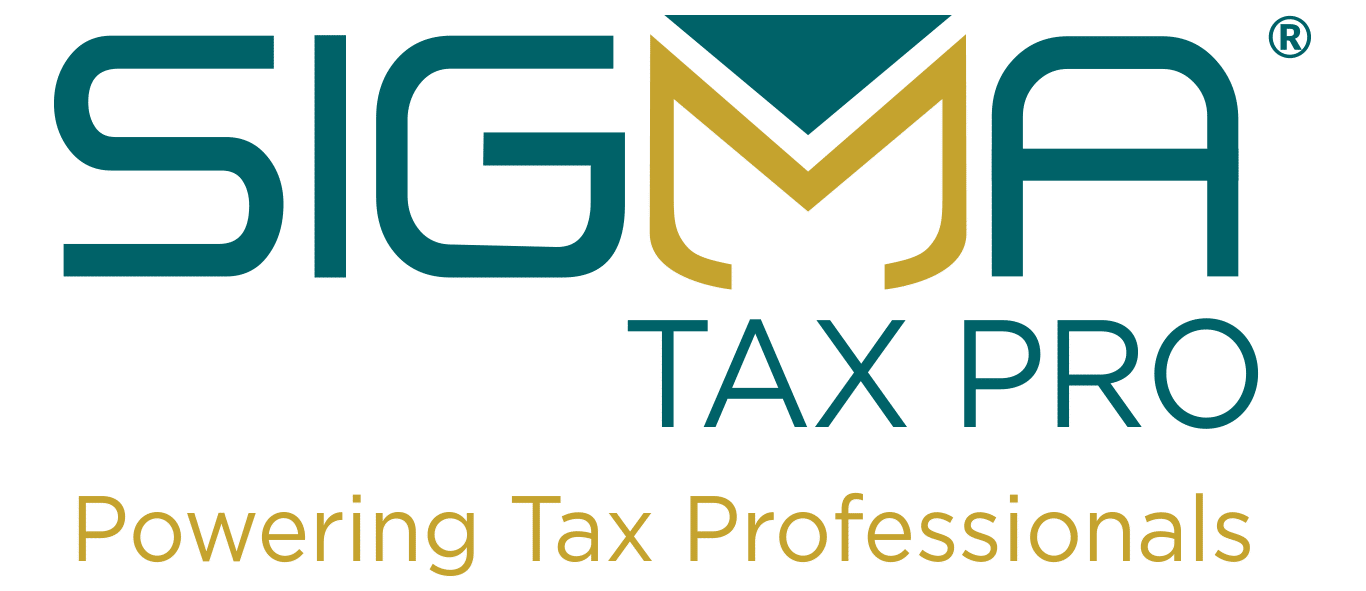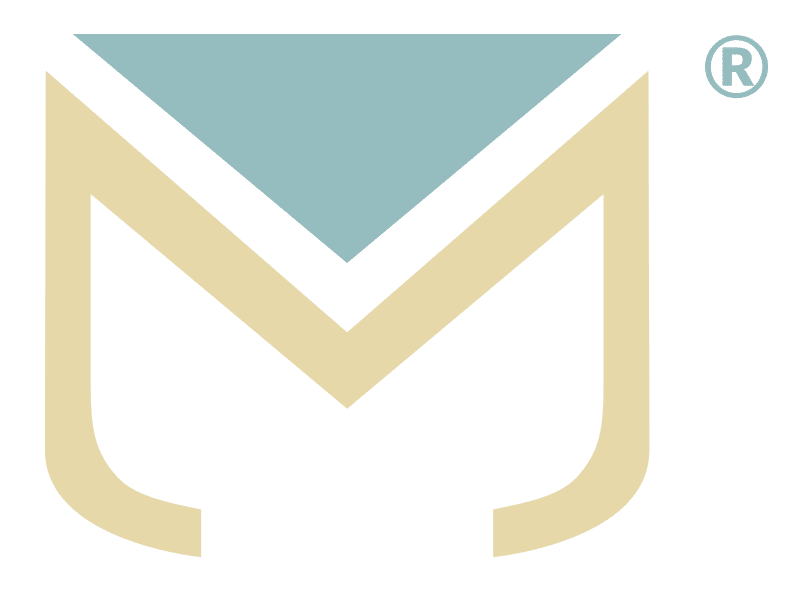It’s no secret that tax time is the busiest time of the year for accountants and tax preparers. While it’s important to get some much needed rest and relaxation during the off season, it’s also the best time to evaluate what’s working for your tax business and what’s not.
One important consideration is the current tax prep software you are using. It is providing you with a user-friendly experience? Does your tax prep software have all the bells and whistles you need to better serve your clients? If not, the offseason is the best time to consider changing tax prep software.
Making the Choice
We know that the market is flooded with software promising to simplify tax preparation. We also know you, as a tax professional, have many options. That’s why we’d like to walk you through the benefits of using Sigma Tax Pro, a comprehensive tax prep software that allows you to not only prepare taxes with ease and file the best returns for your clients, but also allow you to organize documents and keep track of your clients throughout the year – not just during the busy tax season.
Interested in learning more? Keep reading.
Sigma Tax Pro takes innovation to the next level. And, the offseason is the perfect time to explore its capabilities. Whether you are a small accounting firm or a tax preparer with a large client base, know that Sigma Tax Pro can offer you the solution you need to not only simplify tax preparation, but also help you organize your financial and accounting records.
Your Tax Preparation Software Options
Sigma Tax Pro is happy to provide you with two very viable options of our innovate tax preparation software.
- Option 1: The Sigma 1040-DR package takes the basic Sigma 1040-CL to the next level. Not only do you get the same innovative features, but you can also convert archived files directly into the software platform, utilize the step-by-step tax preparation interview method and process state and federal business tax returns. Find the support your need with an exclusive account manager and utilize the features that allow you to compare the results of filing jointly or separately.
- Option 2: Prepare yourself for the big time with Sigma 1040-TW, the top-of-the-line tax preparation software that includes forms and interview methods to simplify data entry as well as the option to transfer files from previous years into the software. Take advantage of the profiling, executive and power accounting features, as well as all of the features available with the Sigma 1040-CL and Sigma 1040-DR packages.
While time is limited during the busy tax season, your off season is the perfect time to explore the capabilities of Sigma Tax Pro tax preparation software.
The Ultimate Tax Prep Software: Sigma Tax Pro
If you’re seeking to simplify the process of running your tax prep or accounting business, it’s time to invest in one of the Sigma Tax Pro packages. This innovative software is perfect for accounting professionals who need a simpler option for organizing documents, receipts and forms. Sigma Tax Pro offers professional tax preparation software with bank products and best-in-class technical and tax prep support. Including software for form 1040 preparation as well as 1120, Sigma has everything you need to make your tax preparation business successful this season.





